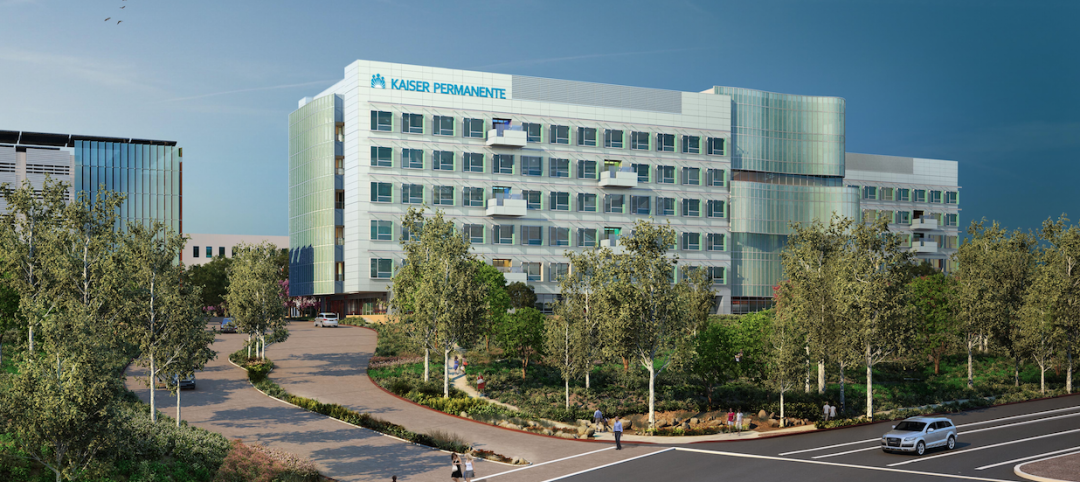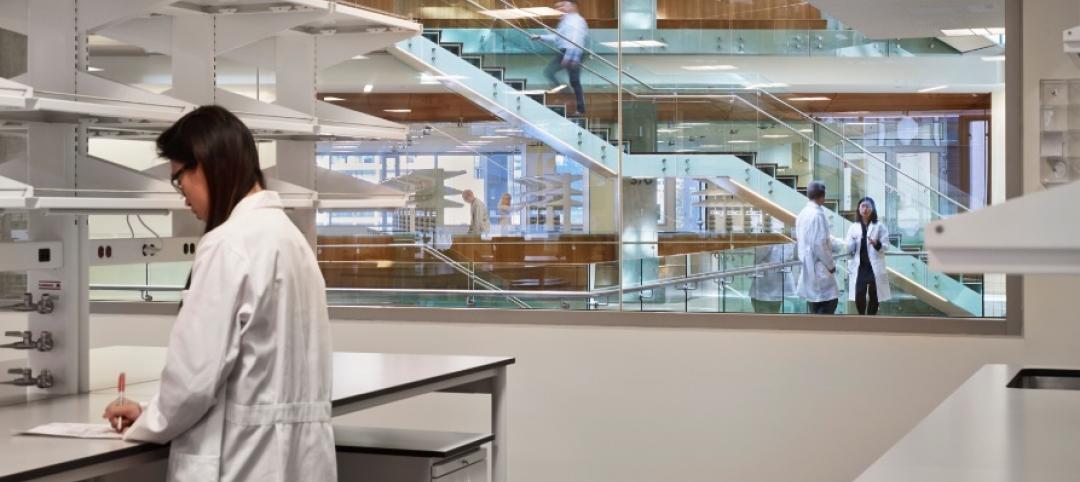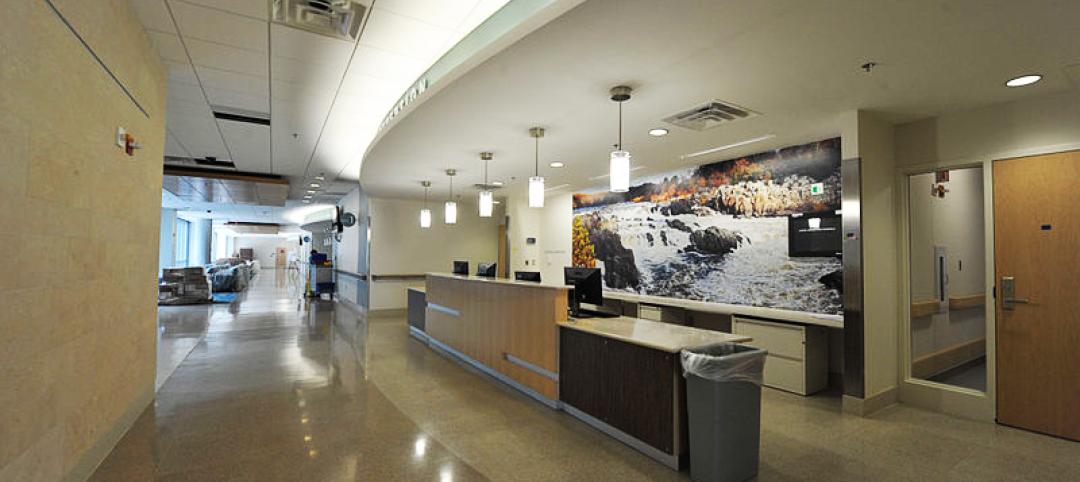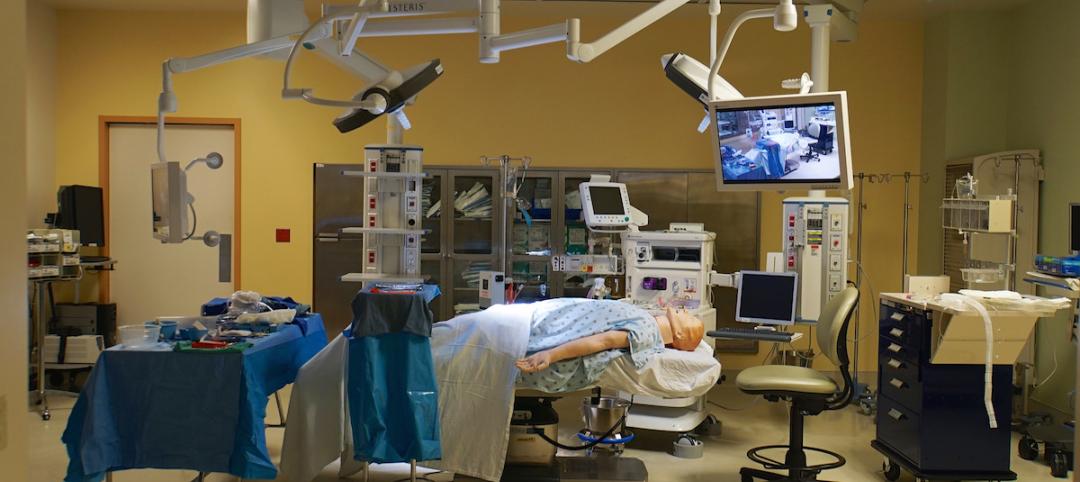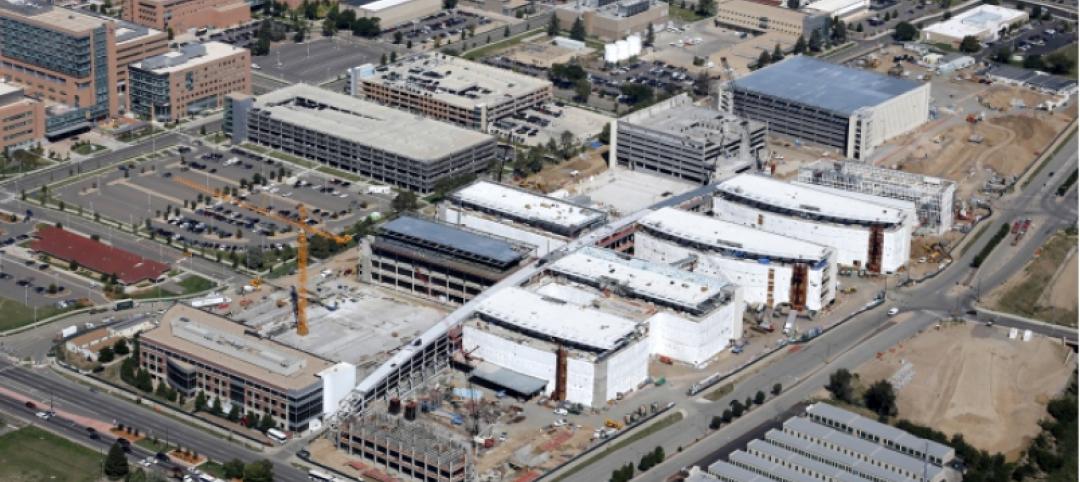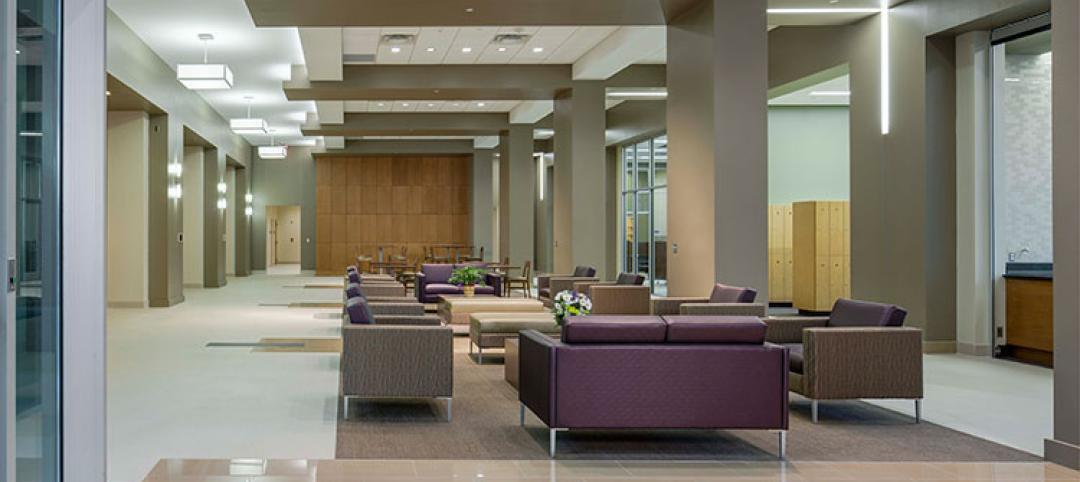Atlanta Falcons fans had much to cheer about in 2016. From Halloween through the stunning conclusion to Super Bowl LI, a strong case can be made that no team in the NFL played better than the Falcons. The real strength of their team was a high-powered offense that seemed at times as though they could score at will. For their many accomplishments, one statistic stands out and that is their performance in the Red Zone.
On a one hundred yard football field, teams are said to enter the Red Zone when they get to (or beyond) the opposing team’s 20-yard line. Good offensive teams can go up and down the field but entering the Red Zone can sometimes seem like entering another zone made famous by Rod Serling where the defense stiffens and strange things happen. Ultimately, offensive teams are judged by their ability to score and teams that routinely convert Red Zone opportunities into touchdowns are tough to beat. In 2016, the Atlanta Falcons converted nearly 3 out of every 4 Red Zone opportunities into touchdowns and were the best in the league at finishing strong and getting into the end zone.
Facility Activation is a lot like operating in the Red Zone. Project teams work for years marching down the field to ultimately arrive at the last few months where myriad final preparations must all come together to operationalize and occupy the new facility. Operating poorly in the project “Red Zone” can cause headaches for your staff, patients and visitors. Proper planning can assist in avoiding pitfalls and, not surprisingly, there is a cost associated with the execution of this phase.
Understanding the costs specifically related to activation is one of the keys to successfully occupying the new space you’ve worked so hard to create. Last month’s CBRE Healthcare Perspective shared the basics of developing a Total Project Budget. It was brought to our attention that we had shortchanged one of the most important components of the master budget – the cost of activating a new facility. So, without further ado and with great apologies to mourning Falcons fans let’s walk through some Facility Activation Budget considerations.
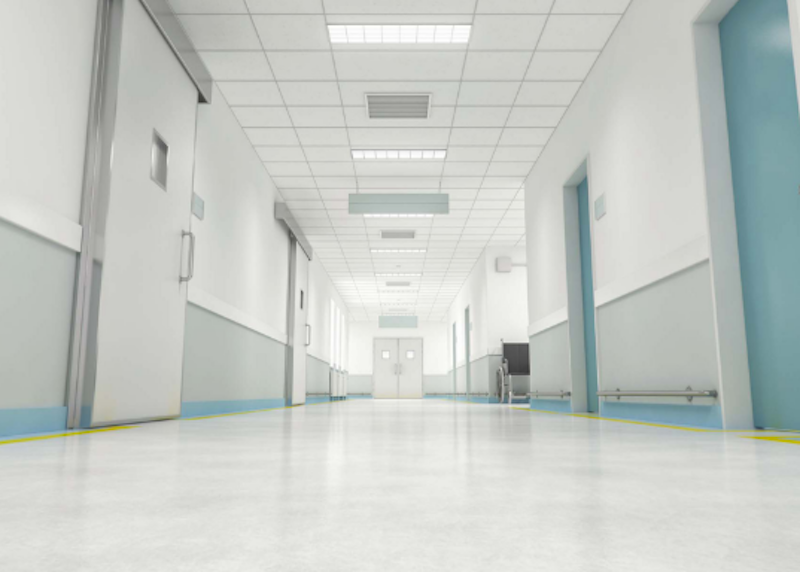
Facility Readiness
Facility Readiness Activities encompass a broad range of tasks that basically cover everything a contractor does not do. Imagine what it would look like if you walked into your new facility once the contractor had completed their scope of work but before anything else had been done. Your image is most likely a bare unfurnished room without artwork or equipment. Supply rooms lack supplies and your laptop is ineffective due to the absence of a wireless network. You look for directional signage to lead you through the facility but none has been installed. Reaching for a phone is pointless as they don’t exist and even if they did, there would be no service. Your badge doesn’t open any secured doors because although the security system is active, the new access points are not programmed into your campus security system. In short – you are so close to the goal line you can see, taste and feel it, but there is still more work that needs to be done to cross that line.
With few if any exceptions, these items must be accounted for in your project plan and budget as they are not optional and are commonly capitalized as part of the overall project cost. Typically, these costs are included indistinct budgets for furniture, signage or medical equipment. Technology budgets often include costs for outside assistance installing a new network(or connecting to an existing one) and imaging and deploying new phones and computers. Exactly where you budget for facility readiness costs is less important than ensuring that you actually account for them. Ask yourself the following key questions:
- What is the contractor not providing and who will provide each of those items?
- Who will install them and ensure that they are operational?
- Are these costs part of the project budget or part of the future operational budget?
Operational Readiness Activities
While Facility Readiness ensures your building is ready for staff and patients, Operational Readiness ensures your staff is ready to work in the building. Tasks include training and orienting staff to the new work flows and may involve dedicated “day in the life” simulation sessions. It is much better to identify “what happened to the crash cart” in a training session as opposed to a real-life emergency. In addition, new equipment may require additional knowledge or skills that don’t currently exist. Brochures or kiosks should be used to assist visitors with new wayfinding. Regulatory approvals and licenses must be obtained or updated. Policies and procedures need to be updated to reflect the new physical space as well as new operational processes that are being implemented in the space.
The vast majority of this work is performed by your staff and their direct leaders. It may come as no surprise that these men and women already have a day job. Consider how you will account for lost productive time while staff are working on not only caring for patients but also preparing to work in a new place. Overtime costs are likely to spike as you approach move day. Many of these costs are often funded out of the organization’s operational budget and are not capitalized as part of the project cost. As you reflect on these issues, ask yourself a few key questions:
- What does the staff need to provide safe and effective care in the new environment?
- How will we ensure that current operations are not negatively impacted during this transition?
- What are the costs associated and how will they be accounted for?
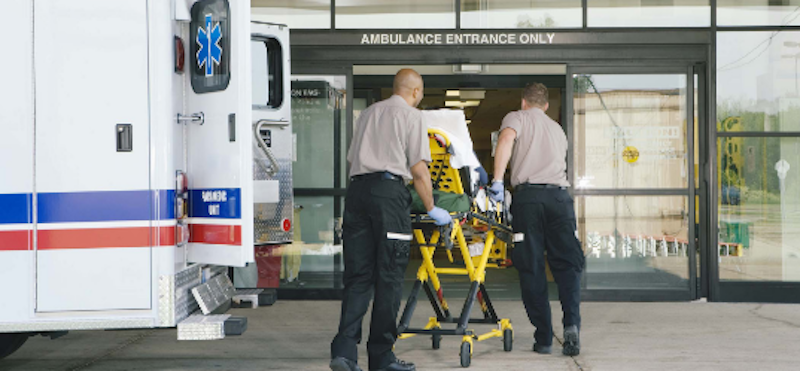
Patient Relocation
Ultimately, we build new healthcare facilities for patients and their families. This is what it’s all about. Moving patients, families and their belongings from one facility to the next is a planning and preparation exercise unto itself. The reality is that healthcare organizations transport patients every day, all day. The main differences when moving to a new facility are the volume of moves, the newness of the situation and the fact that, for a period of time, you need to operate two facilities at once. Great care and detailed planning is mandatory to turn the patient move process into a seamless, safe and low stress event.
Added costs come in a variety of forms. Extra staff are likely needed to facilitate transport along with care in both the new and old facilities. Depending on the distance between facilities and the types of patients being moved, transport vehicles may need to be contracted. Local police often assist in enhancing security or providing for traffic control at busy intersections along the vehicular move route. Local movers may be required to relocate belongings or medical equipment that transfers with a patient. Contractors should be onsite to respond to any emergent issues with the new facility as it comes online. Staff tend to work long hours as move day approaches and, as it turns out, sometimes people like to eat. You may elect to have free food for staff and families as a gesture to all the effort and change people are experiencing. As you plan for your patient move ask yourself the following key questions:
- What is needed to ensure patient care is maintained at the highest level throughout the relocation process?
- What outside resources are needed toaugment our team on this critical day?
- What are the costs associated with theseissues and how will they be accounted for?
Finally
And if all that was not enough, there are a few other things to consider – grand openings, media events, donor events, etc. It’s your time to shine and you spent a ton of money to get there so enjoy it while you can. However, each of these end of project activities also carry costs. The number of events and the cost of those events depends largely on your goals so give some consideration to how and where you want to budget for these items. Hiring of incremental new staff is a major expense that requires careful planning to ensure positions are filled in a timely and effective manner.
In the end, Facility Activation is taking a new space or building and transitioning the ownership from your design and construction team to your staff and patients. Successful execution is a project in and of itself. You should have a project team, a schedule and a budget dedicated to each of these tasks. Leave yourself plenty of time to think through issues and become comfortable with your plan. Do that, and like the Atlanta Falcons, you will score virtually every time.
Related Stories
Healthcare Facilities | Dec 29, 2015
Wood materials aid in patient recovery in healthcare environments
Report says patient recovery times, pain perception, stress levels improve where natural materials are present.
Healthcare Facilities | Dec 15, 2015
What the Bipartisan Budget Act of 2015 means for healthcare real estate development
CBRE Healthcare's Charles Maggio breaks down the impacts of the new legislation, which affects outpatient facilities.
Greenbuild Report | Dec 10, 2015
Sustainable performance: Hospital systems’ new financial and marketing imperative
Several years ago, the healthcare industry would have ranked in the bottom tier among adopters of sustainable design and construction. Now, it is outpacing other nonresidential sectors in moving toward high-performance, healthy environments.
Healthcare Facilities | Dec 2, 2015
Check out Perkins+Will’s ultra-transparent research center for the Allen Institute for Brain Science
The design orients labs like flower petals around a large light-filled central atrium; the effect is like the inside of a bee hive where researchers can see each other and what they are doing.
Healthcare Facilities | Nov 6, 2015
Paint company unveils product that can kill bacteria in hospitals
The new product from Sherwin-Williams, called Paint Shield, is said to not only kill over 99.9% of dangerous bacteria, but also reduces growth of “common microbes.”
Healthcare Facilities | Nov 4, 2015
Hospital designers get the scoop on the role of innovation in healthcare
“Innovation” was the byword as 175 healthcare designers gathered in Chicago for the American College of Healthcare Architects/AIA Academy of Architecture for Health Summer Leadership Summit.
Healthcare Facilities | Nov 2, 2015
Final funding comes through to complete over-budget and behind-schedule Denver VA Medical Center
The Department of Veterans Affairs, cited for its mismanagement, is stripped of control over future major construction.
Healthcare Facilities | Oct 23, 2015
Mortenson study: Healthcare providers optimistic, but want changes to Affordable Care Act
The 2015 Mortenson Healthcare Industry Study found that 76% of providers are at least optimistic about the future of healthcare, but eight out of 10 would like to see changes made to ACA.
Healthcare Facilities | Sep 29, 2015
The ever changing physician real estate market
In the United States, the environment where outpatient healthcare is being delivered is as dynamic and diverse as the more high profile office and retail markets, writes CBRE Healthcare's Nelson Udstuen.
Healthcare Facilities | Sep 21, 2015
5 reasons healthcare organizations are implementing finish standards on construction projects
The desire for improved patient satisfaction, staff retention, and turn-key maintenance are among the top reasons more healthcare groups are implementing finish standards in their spaces, according to VOA Associates' Lauren Andrysiak.





